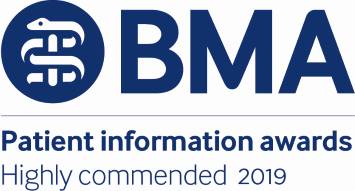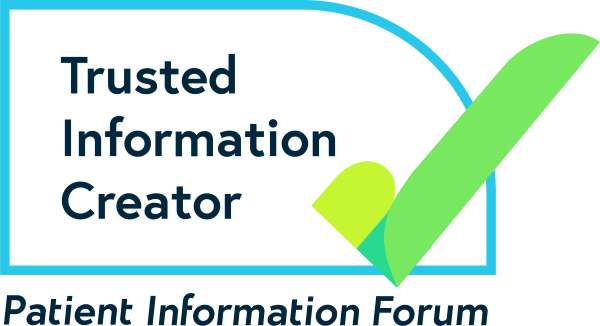Paruresis Symptoms & Problems
An individual’s ability to urinate when needed can be affected by the environment that the person finds themselves in. Shy bladder syndrome symptoms present themselves when a person with paruresis needs to pee, but just does not happen if there are others in the same area. Even if they are “bursting” and in pain, it physically does not happen.
Spectrum of Severity
There is a spectrum of severity for paruresis symptoms. In its mildest form, a person wouldn’t think they had a problem at all until they are expected to give an observed urine sample for a drugs test, and then find it takes time to do it. At the other end, there are people who cannot urinate at home behind a locked door if someone else is in the same property.
Public Toilet Anxiety
Public toilet anxiety is a common symptom of paruresis. Some men can’t pee at urinals if someone else is around, but they can use cubicles with no bother. Others can have difficulty with using cubicles if the toilet area is crowded or occupied. This includes many women who experience difficulties using public toilets when they have to queue and feel as if they will keep other people waiting.
A combination of factors can apply: some men can use urinals if others are there, as long as there is a degree of privacy provided by urinal dividers; or they can use a cubicle even with the door open, but they would not be able to do so at an open trough or to comply with an observed sample request for a drug tests. In others, time pressure can make the difference.
Problems With Paruresis
A significant proportion of people have symptoms of paruresis to some extent or other. The extent to which it might be a problem depends on how it affects you. If you find you have to go in a toilet cubicle from time to time, and that doesn’t worry you, then it is not a problem. However, if you can use a public toilet only if it is otherwise deserted, then that is likely to have a serious impact on what you can and cannot do, and where you can or cannot go.
If you can pee anywhere, except in front of someone observing you e.g. for a sample for a drugs test, then that’s no problem, provided you are never required to give such a sample. But it is a problem if you are required to do so, perhaps for your employment, and can’t, and then you lose your job because failure is deemed refusal.
How Common Is Paruresis?
Most people who resort to the internet, looking for information about shy bladder syndrome are surprised to find that they are not the only one with symptoms of paruresis. It is thought that up to 4 million people in the UK could suffer from paruresis to the extent that it affects their lives.
And it isn’t just stereotypical shy or timid people that suffer with shy bladder syndrome symptoms. One paruresis sufferer we have helped is 6ft, 13 stone, with a #1crop, and a martial artist. Another was a Marine. Yet another was an air force fighter pilot.
Coping With Shy Bladder Syndrome
Most people develop shy bladder syndrome in their early childhood or teenage years at a time when it is easy to “work around” the problem. You are only out of the house at school for a few hours a day and can hold on until you get home. But as you get older it becomes an embarrassing problem you discuss with noone.
Paruresis can become a controlling factor in your life but there is help available. Cognitive behavioural therapy (CBT) is proven to be an effective method to help individuals overcome their anxiety when needing to pee. We use this technique at our weekend workshops, and this has proven to really help sufferers of shy bladder syndrome.
Recommended Coping Strategies
CBT for Paruresis (https://www.ukpt.org.uk/living-with-paruresis/cbt-and-paruresis)
UKPT Workshops (https://www.ukpt.org.uk/paruresis-workshops)
UKPT Forum (https://www.ukpt.org.uk/ukpt-forum)









